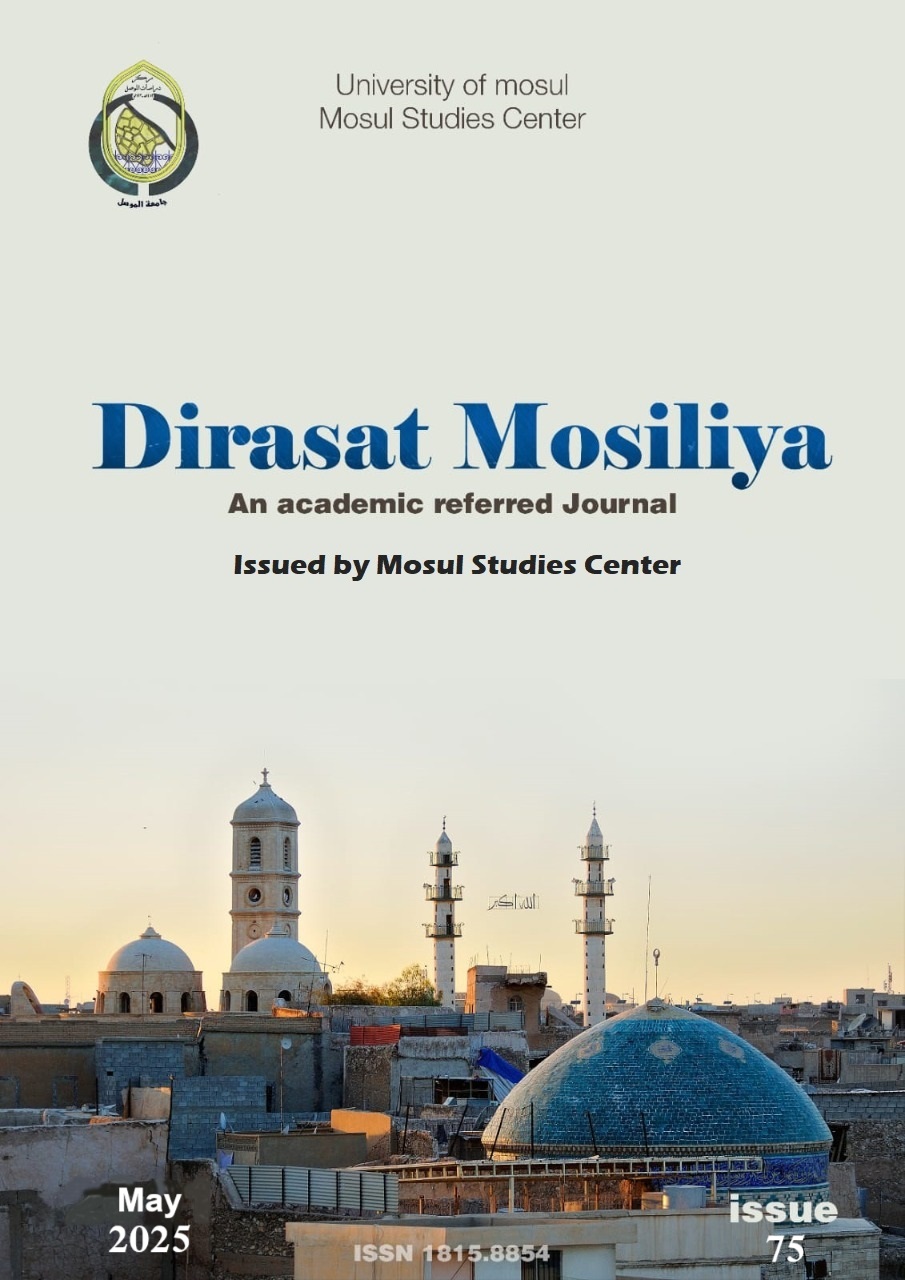Design thinking among students of distinguished schools in the city of Mosul
Abstract
The research presents an applied model for how to identify the level of design thinking among students of distinguished schools in the city of Mosul. The study aimed to identify the differences in the level of design thinking according to gender differences (males - females) and the stage (fourth - fifth). The research sample consisted of (284) students A student from the distinguished schools of both sexes (males and females) who n a
random manner, the design thinking tool that was built by the researcher was applied to them, and then the psychometric properties of the scale were verified, such as the apparent validity, which reached (90) and the stability of (86), and it was verified through the discrimination statistic. Applying it to the sample showed results that showed that students in general have a high level of design thinking and that there is no significant difference between the gender variable for (male-female)
Based on the findings of the researcher, the researcher recommends the following:-
1- The necessity of paying attention to thinking programs in all educational institutions that would systematically develop mental processes
2- Urging students to participate in all activities in all respects and to benefit from all experiences, especially design, by focusing on everything that exists in the environment.
3- Organizing training courses for design thinking processes, the results of which are likely to flow into the development of the country through investing energies and exploiting them in the appropriate places.
The results also resulted in a number of suggestions, including conducting studies on:
1- Design thinking and its relationship to cognitive motivation
2- The effect of an educational program according to design thinking in developing cognitive methods
3- Design thinking among outstanding school students.




